It can be a deeply disconcerting experience to watch a copywriter delete your words and sometimes your ideas, but it’s a very necessary step to clearing the way for an effective product message. I don’t do this because “less is more” (although this is often true) and I don’t do this to hurt anyone’s feelings (although I have).
I do it because it’s one of two main reasons product messaging doesn’t work:
a.) there’s too much of the wrong information or
b.) there’s too little of the right information
Too much of the wrong information creates distractions for the prospect. Too little of the right information creates doubts, objections and yet more distractions. Neither of these is any help when you’re trying to sell.
Don’t just take my word for it. Let’s look at this example together. Can you honestly tell me what you’re looking at?
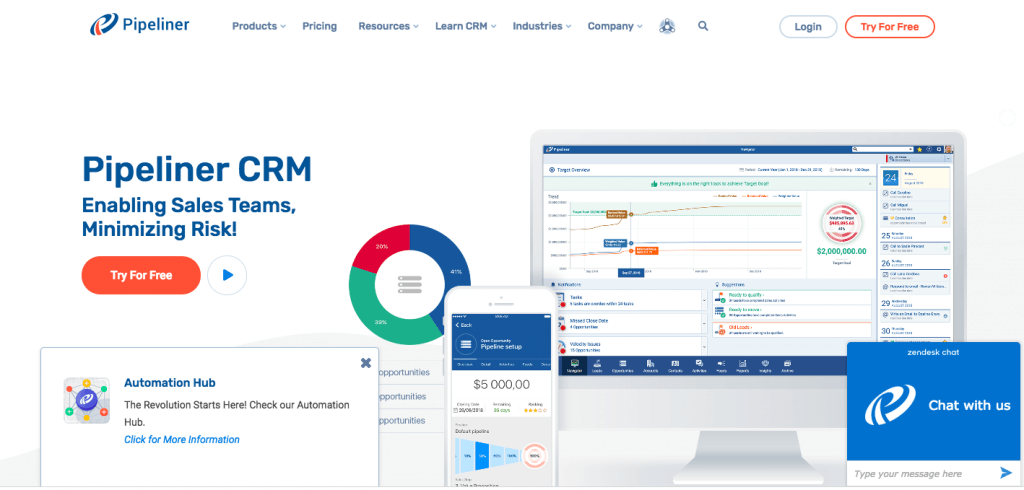
Enabling sales teams…how? Minimizing risk…where? The “Revolution” starts with…an Automation Hub? THAT’S the big revolution?This product messaging doesn’t answer any questions – it just tragically creates more. If it’s hard to find those answers quickly, then I regret to inform you that you’re selling a product that people don’t understand.
And we do not buy what we do not understand.
So how do I know when product messaging isn’t working? It’s simple. I use five basic questions everyone – including you and me – asks themselves when they encounter a product for the first time. Time and again, I’ve used this “framework” to diagnose how and where along the line B2B products are failing to clarify their business. The questions are easy! Answering them, as you’ll see, is not.
My product messaging framework
Ready for it? This is the five-question framework I use to evaluate product messaging:
What are you?
What will you do for me?
Why you (and not someone else)?
Why should I trust you?
Why now?
Look familiar? It should. These are the questions we ask ourselves subconsciously all the time when we encounter new products and services. This is key information we require to determine whether we’re in the right place.
Let’s break them down – because these questions are definitely more complex than they look.
1. What are you?
a.k.a. your market category or frame of reference
It’s common for businesses to believe they’ve answered this one. But here’s the twist: the question they’re usually answering is “what do you want to be?” Big difference. Let’s consider an example from positioning expert April Dunford, who joined a company that really wanted to be “a database tool.” They had positioned their entire business around being a database tool. Unfortunately, they were striking out with customers.
That is, until April realized they weren’t in the database market. They were in the business intelligence market.Here’s the story in her own words:
Our product was a special kind of database that could do certain types of queries in a fraction of the time it took a relational database. We never questioned the way we framed that product — we were database people and we built a database — what else could it be? The problem of course was that at that time, the world didn’t know it needed another database. When we did sales calls and started with “Hi, we have a database…”, prospects didn’t even let us get to the part where we explained how we were special and different from the database they already had. They didn’t want another database, another query language to learn, another database to integrate with their Oracle systems. VC’s wouldn’t fund us for the same reason — the database market wasn’t growing, we couldn’t beat Oracle at their own game, we didn’t have enough sales traction.
We finally broke out of this mess by changing our frame. It started with a customer telling me he didn’t believe that we were a database at all. “We aren’t?” I said, baffled, “What the heck are we?” He went on to explain that in his eyes we were more of a business intelligence tool. This of course wasn’t true in our minds — we didn’t have half of the major features that you would assume a business intelligence tool would have. We did however deliver value that was more clearly aligned with that category of tools than it was with databases. After re-framing our story we immediately saw the difference in first meetings with prospects. We could finally make it slide 2!
It turns out that their product’s ability to turn around lightning fast queries made them an ideal business intelligence tool for customer service organizations. Whereas database customers kept comparing them to Oracle, these folks understood the value right away.
This led to a total strategy shift for the company: new market, new messaging and a new target market.
The business founders may have intended to start a database business. That may be what they really wanted. But what you want to be doesn’t always align with what you really are.
As April says, it’s critical that you let go where you came from so you can open yourself up to what you really are and what market you’re really in. If you’re not 100% crystal clear about your positioning internally, be warned that it does show up in your marketing and it does confuse customers.
Here’s another example: When Drip repositioned itself from “email automation software” into an “ECRM”, plenty of existing customers were confused too.
(In case you’re interested, I previously detailed exactly where Drip’s new positioning went wrong.)
If you are unable to communicate obvious and immediate value to your market, then you are losing people at Step 1. You need to revisit this to get clarity and alignment on the most fundamental question about your business.
2. What will you do for me?
a.k.a. your value proposition
A world without waiting for taxis (Uber). An always full pipeline of Sales Qualified Leads (Drift). An email killer (Slack).
When I’m hunting for answer to this question, what I’m looking for is The Promised Land. What do customers want that you can make a reality?Will you make them be better at their jobs, like Pipedrive?
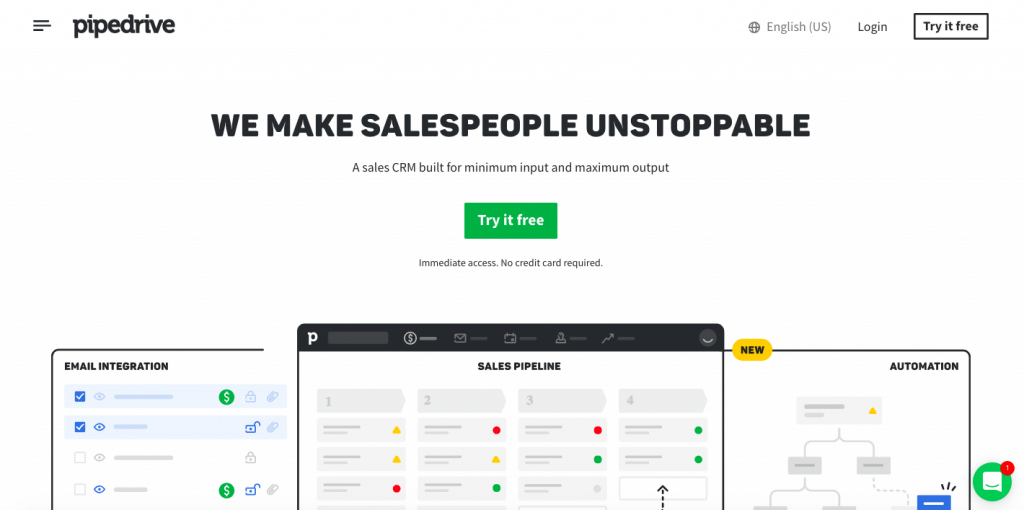
Will you help them navigate a sea change in the industry, like Zuora?
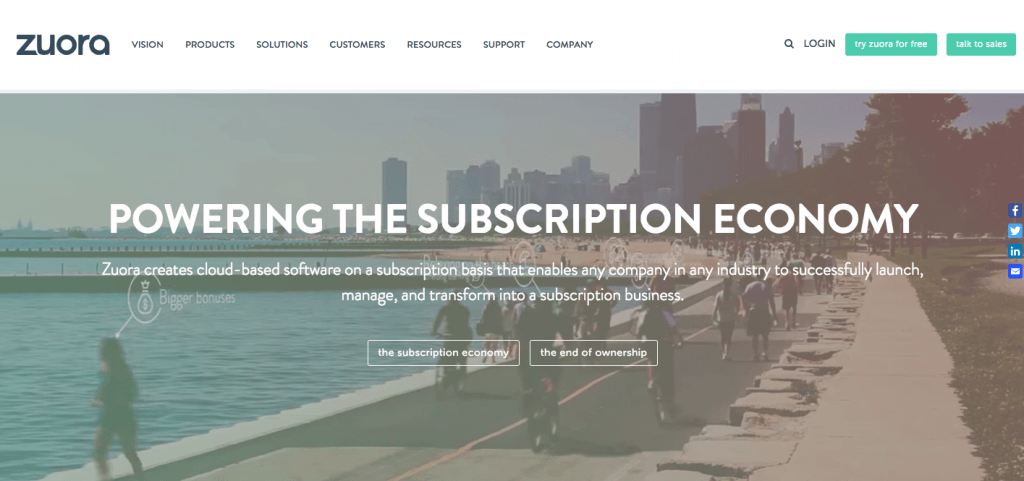
What’s your vision for customers? You may have a 100 features that lead to 20 benefits – but you can only have one value proposition per customer segment.The most frequent mistake I see around value propositions is the absence of one.

Value propositions have been covered in length by others, including Strategyzer and ConversionXL, so I won’t go into detail on how to build one.
But if I have to hunt for more than a minute for that unique value you’ve created for your customer, then I know you don’t have one.
3. Why you?
a.k.a. competitors and competitive alternatives
Why us? The answer to this question always feels deathly obvious to us because we’re so close to our own products. Because we’re amazing! We can have so much functionality! Look at all the things we can do!
The reality is that our answer needs to be a two-fer: we need to make the case for our product AND undermine the competitors at the same time. Why?
For two reasons:
1. Customers always have other options to consider.
2. One of those options is not buying anything at all.
This is why it’s so important to clearly define not just competitors, but competitive alternatives too. (What’s the difference? Here, I’ll give you an easy way to remember: Netflix’s competitors are Amazon and Hulu. Netflix’s competitive alternatives are sleep and hanging out with your friends away from a screen.)
Let’s look at a few examples, starting with Transferwise.
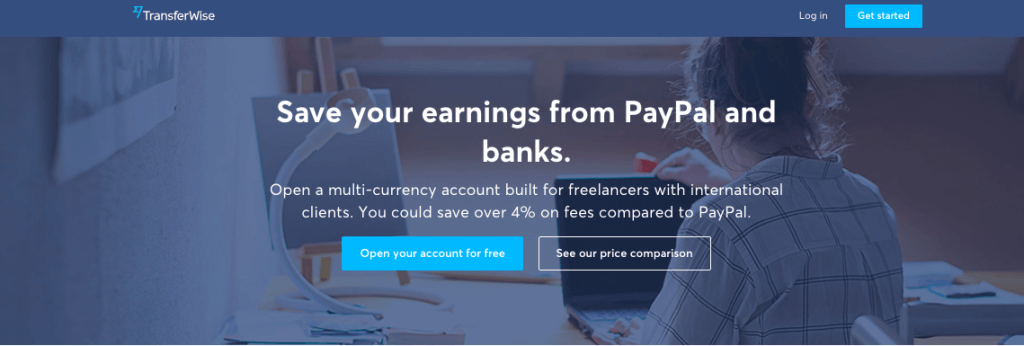
This Transferwise page for freelancers calls out its competitors by name: PayPal and banks. They know their target customer is currently using one of these two options to complete international money transfers.
It’s very clear what Transferwise wants to replace. Naming your competitors is an extremely effective way to position yourselves, especially if switching to you is a no-brainer.
Let’s look at another example that doesn’t name names, but is effective all the same.
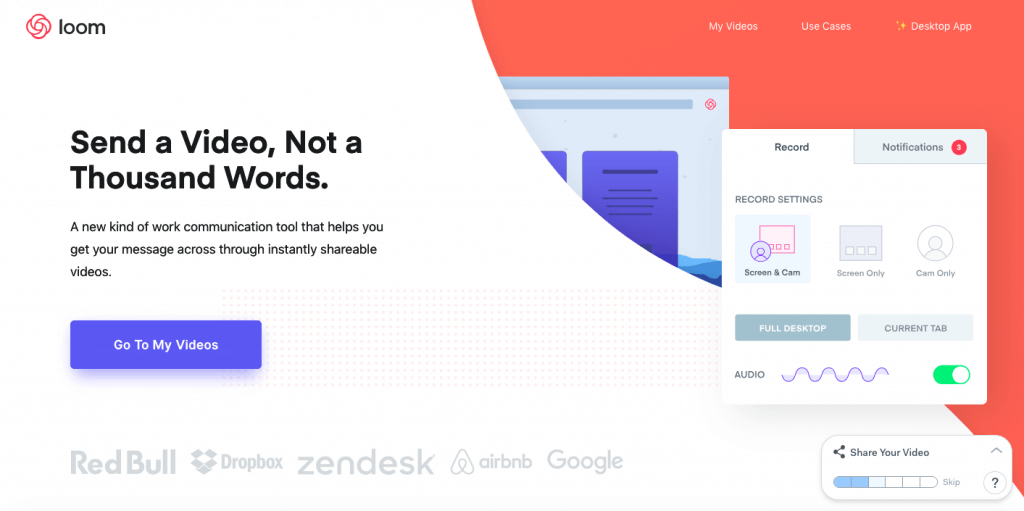
Loom isn’t competing with other screen recording tools like CloudApp or Camtasia. It’s targeting a competitive alternative. Loom doesn’t think you should have to write emails or long lists of bullet points. They believe you can get the job done better by recording and sending with their easy screen and video recording software.
Positioning your product against a competitor or competitive alternative is an easy way to communicate to your customers who or what you intend to replace.
Rarely do I come across an effective product message that doesn’t at least allude at least one of these two.Your customers are already comparing you to other options, whether they’re comparable or not. Don’t let their imaginations run wild! If you’re not in control of this part of the narrative, you’re probably not in control of the sale either.
4. Why should I trust you?
a.k.a. credibility and authority
There are a number of ways to communicate your credibility. The first is general trust indicators, like Lumi has done here. Look at all the high-profile businesses they call customers! You can definitely trust them to get your packaging right too.
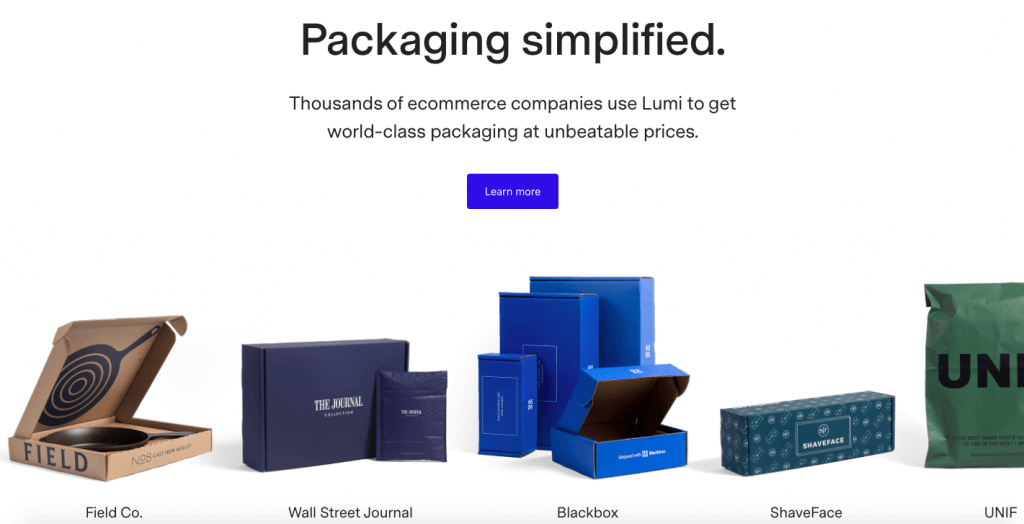
There are other things under that umbrella that help build credibility – all highly effective and relatively easy to obtain:
TrustPilot and G2Crowd reviews
brand partners
“as seen in” media mentions
testimonials
case studies
smiling faces of your customers
There are other ways to communicate your authority (or lack thereof) across your messaging:
✅ Showing up with research that proves your product can help them reach their desired outcomes better than anything else out there .
✅ Using the same language your customers use naturally (people trust people who sound like them)
✅ Mirroring the specific pains, problems and needs of a target user rather than using broad language to appeal to as many markets as possible
See a pattern here? The better you can show you understand your customers and their needs, the stronger your authority.
5. Why now?
a.k.a. urgency
You might have a great product on your hands. You may have done a great job clarifying value and building a narrative for the right person. But why buy your product today? Why not put it off till next week or next year?
Ohhh, maybe because someone will launch a stealth attack on your oil rigs? (Check out that “Contact Us” button in the nav!)

The strongest way to build urgency into your product messaging is by identifying a problem that will only get worse if you don’t act now.Am I losing money on every transaction I make if I don’t switch to Transferwise? Am I giving up new leads by not signing up to use landing page software, LeadPages? Am I losing my mind if I don’t download meditation app, Headspace? People hate the idea of losing things, so that could work!
What are you doing to make it difficult to walk away? That’s what I’m looking for.
That got complicated, huh?
Now you understand why I delete so much! When I see copy that doesn’t answer the above five questions, I have to make room for copy that does. But here’s the other takeaway: Even the best copywriters out there can’t help you turn around your business if you don’t have clarity on who your customers really are.
And when that’s the case, you need more than a copywriter to come and wave a magic stick. You need to re-examine the core assumptions of your business.What comes after that? The next step is to develop a new product narrative.
